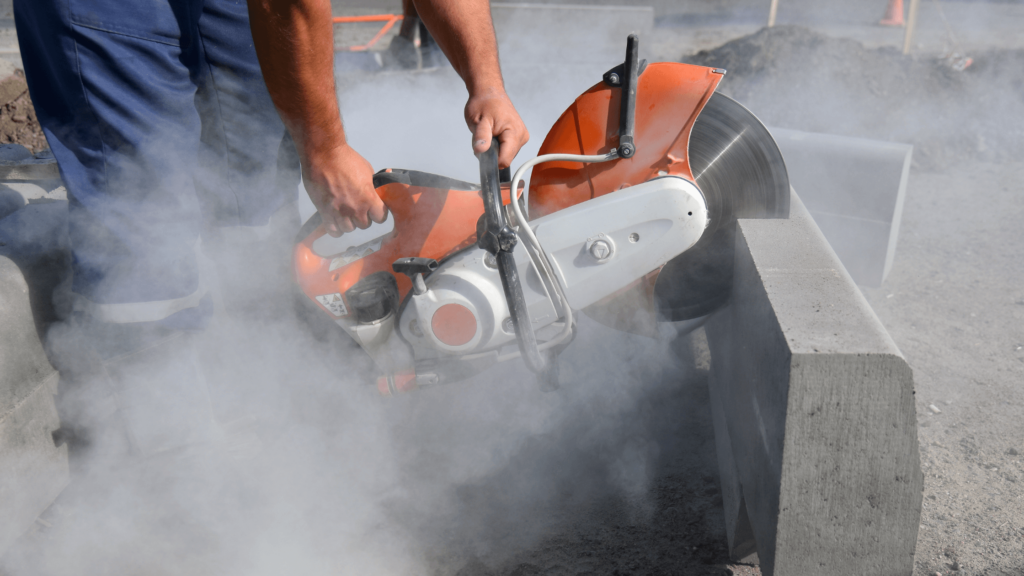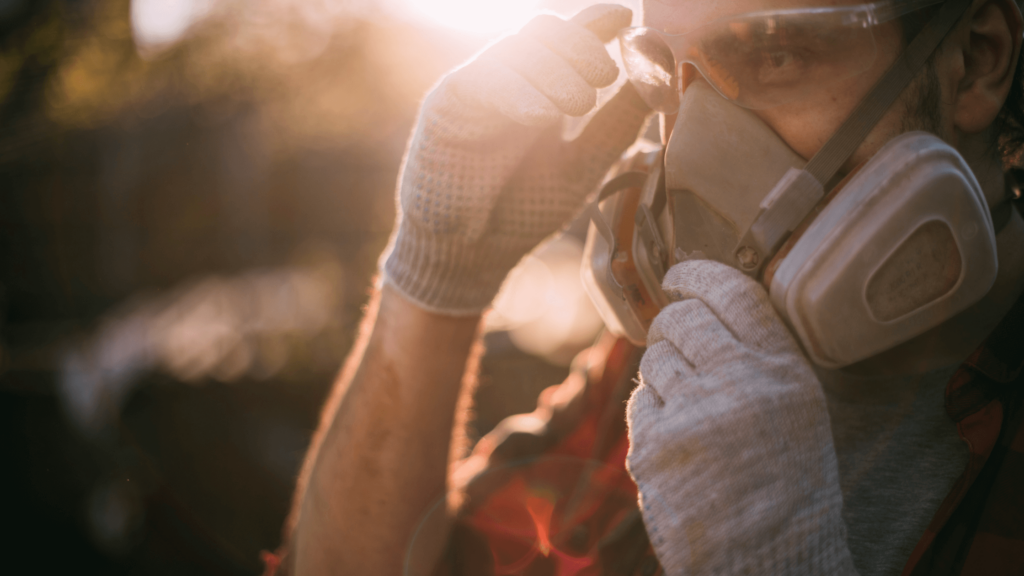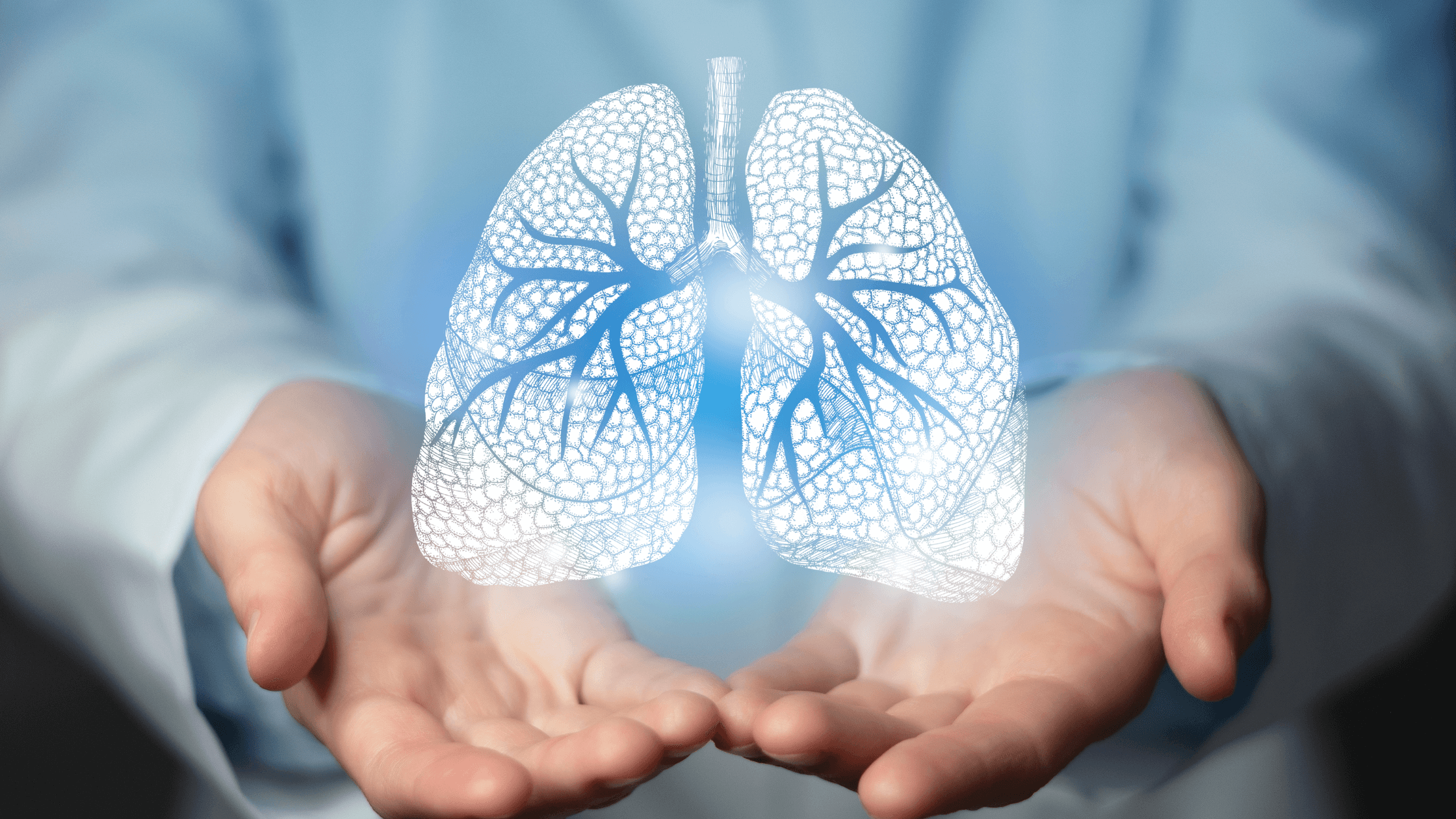Construction sites are full of airborne hazards that can take a toll on your lungs. Dust, chemicals, and exhaust fumes linger in the air, increasing the risk of respiratory problems. Taking proactive steps like monitoring air quality and getting regular check-ups will protect lung health and keep them strong for the long haul.
Quick look
- Construction workers are at a higher risk of lung disease due to their daily exposure to dust, fumes, and airborne pollutants.
- Long-term exposure to silica, asbestos, and diesel exhaust can lead to serious respiratory conditions, including silicosis and COPD.
- Proper respiratory protection, such as N95 or P100 respirators, can reduce harmful exposure on job sites.
- Monitoring air quality, improving ventilation, and reducing chemical exposure are key to maintaining lung health.
- Lifestyle changes, such as staying hydrated, exercising, and avoiding smoking, can help strengthen lung function and reduce long-term damage.
Why lung health matters
Your lungs fuel every breath you take, delivering oxygen to your blood and keeping your body running. For construction workers, lung health is even more important because job sites expose you to irritants that can cause long-term damage.
Respiratory issues like silicosis, asbestosis, and chronic obstructive pulmonary disease (COPD) are common among workers who spend years breathing in harmful particles. These conditions make it harder to breathe, reduce energy levels, and can even shorten your career.
Healthy lungs also help your immune system fight off infections. When your airways are inflamed from dust or chemicals, you’re more likely to develop respiratory infections like bronchitis or pneumonia.
What affects lung health in construction?

Construction workers breathe in more than just fresh air on the job. Dust, fumes, and toxic particles are everywhere, and long-term exposure can wear down lung function. While some factors, like air pollution, are hard to control, others—like workplace safety and personal habits—can make a big difference in protecting your lungs.
- Silica dust: Silica dust is one of the biggest threats to lung health in construction. Cutting, grinding, or drilling into materials like concrete, stone, and drywall releases tiny silica particles into the air. These particles settle deep in the lungs when inhaled, causing scarring and inflammation. Over time, this leads to silicosis, a lung disease that makes breathing harder and increases the risk of infections and lung cancer.
- Asbestos exposure: Although asbestos is banned in many places, older buildings still contain asbestos in insulation, pipes, and roofing materials. When disturbed, asbestos fibers become airborne and can be inhaled. This leads to asbestosis, a lung-scarring disease, and mesothelioma, a rare but aggressive cancer. Even short-term exposure can cause long-term damage, so workers must be cautious when renovating or demolishing old structures.
- Chemical fumes: Construction sites often produce strong chemical fumes from paints, adhesives, solvents, and cleaning agents. These fumes irritate the lungs, leading to coughing, shortness of breath, and, if exposed frequently, long-term damage.
- Environmental pollutants: Heavy machinery, diesel-powered equipment, and welding operations release harmful pollutants into the air. Diesel exhaust contains tiny particles that can penetrate deep into the lungs, increasing the risk of lung disease and even heart problems. Welding fumes containing metal oxides can cause a condition known as welder’s lung, leading to chronic coughing and reduced lung function.
- Dust and debris: Beyond silica, construction sites produce a mix of dust from wood, drywall, fiberglass, and metal. Inhaling these particles daily can cause chronic bronchitis, an inflammation of the airways that leads to persistent coughing and mucus buildup. Poor ventilation in enclosed spaces worsens the problem by trapping dust and reducing air quality.
- Smoking and vaping: Tobacco and e-cigarettes weaken lung function, making it harder for the body to clear out dust and toxins. Smoking also increases the risk of lung cancer, COPD, and respiratory infections. For construction workers already exposed to airborne hazards, smoking only adds to the damage, reducing lung capacity and recovery time.
- Lack of proper ventilation: Some job sites, especially enclosed spaces like tunnels or basements, lack proper airflow. Without ventilation, dust and fumes build up, increasing exposure to harmful particles.
Improve lung health with these 10 tips

Construction workers face daily exposure to airborne hazards that can harm their lungs. Implementing effective strategies can help protect respiratory health. Here’s how to keep your lungs strong and healthy.
1. Monitor your air quality
It is essential to check the air quality regularly on job sites. Air monitoring devices can detect harmful levels of dust and fumes, allowing for timely interventions. Proper ventilation systems and HEPA filters can further reduce airborne contaminants. Methods such as specific exhaust systems or ventilation can help mitigate exposure to airborne hazards.
2. Avoid exposure to chemicals and pollutants
Proper handling and storage of hazardous materials are crucial. Employers should provide training on the safe use of chemicals and ensure that Material Safety Data Sheets (MSDS) are accessible. Using less toxic alternatives and implementing engineering controls can minimize exposure risks. For example, replacing an airborne hazard or limiting worker exposure by staggering work schedules are effective steps.
3. Create a clean indoor environment
Maintaining cleanliness in both work and personal spaces reduces the accumulation of dust and pollutants. Utilizing air purifiers with HEPA filters can effectively remove airborne particles, improving indoor air quality. Regular cleaning and proper ventilation are key practices to ensure a healthier environment.
4. Stay hydrated with tea for lung health
Hydration plays a role in maintaining mucosal linings in the respiratory tract, aiding in the expulsion of contaminants. Certain herbal teas have properties that may support lung health more than water. For example, mullein tea acts as an expectorant, helping to clear mucus from the lungs. To make it a part of your daily routine, simply incorporate it into your breakfast so you never forget.
5. Wear proper protection
Employers are legally required to have a respiratory protection program that includes directives on properly wearing respiratory protection, respirator maintenance, training expectations, and handling unexpected dangers. This is largely because using appropriate personal protective equipment (PPE) significantly minimizes exposure to harmful substances. Depending on the task, this may include wearing:
- Respirators: NIOSH-approved N95 respirators can filter out hazardous particles, including silica and asbestos. Ensuring a proper fit is essential for effectiveness.
- Masks: For tasks involving chemical fumes, masks with appropriate cartridges should be used to filter out specific vapors.
- Protective clothing: Wearing appropriate gear can prevent skin contact with hazardous substances, reducing the risk of absorption and subsequent health effects.
While wearing PPE can sometimes be uncomfortable, the benefits outweigh the temporary discomfort. If there is any step to incorporate, it’s this one.
6. Quit smoking
Smoking damages lung tissue and increases the risk of chronic obstructive pulmonary disease (COPD) and lung cancer. Quitting smoking is known to improve lung function. Resources and support systems are available to assist in smoking cessation, (such as this Canadian Cessation Guideline document), which can lead to noticeable improvements in breathing and reduced risk of respiratory infections.
7. Exercise regularly
Engaging in regular physical activity strengthens the respiratory muscles and improves lung capacity. Aerobic exercises like walking, running, or swimming increase your breathing rate, allowing your lungs to work harder and become more efficient. Incorporating strength-training exercises can also improve respiratory function while increasing muscle strength.
8. Practice deep breathing exercises
Deep breathing techniques can enhance lung efficiency and promote relaxation. Exercises such as diaphragmatic and pursed-lip breathing help increase airflow and reduce shortness of breath. Regularly practicing these techniques is required to improve your lungs’ strength and capacity.
9. Get regular check-ups
Routine medical check-ups can detect early signs of lung issues. Early detection and intervention can prevent the progression of respiratory diseases. Healthcare providers can perform lung function tests and provide guidance on maintaining lung health, especially for individuals with a history of exposure to respiratory hazards.
10. Avoid exposure to secondhand smoke
Secondhand smoke poses significant health risks, including lung cancer and respiratory infections. Avoiding environments where smoking occurs can protect lung health. Establishing smoke-free zones in work and home settings contributes to a healthier environment for everyone.
Bottom line
Construction work comes with serious lung health risks, but taking the right steps can protect you in the long run. Monitoring air quality, wearing proper protective gear, and avoiding exposure to harmful dust and chemicals can make a huge difference. In addition, implementing simple lifestyle habits like staying active, drinking enough water, and getting regular check-ups will help keep your lungs healthy in the long term.
Want more tips on staying healthy on the job? Subscribe to our newsletter and follow us on social media for expert-backed advice on protecting your lungs, improving job site safety, and making smarter choices for your well-being.



1 comment
Andie
I love mullein herbal tea for lungs, it is good to drink if you have cough and colds. But if it’s something more serious, like long term cough, I usually add also mullein extract like this https://www.amazon.com/USDA-Organic-Mullein-Drops-Lungs/dp/B0CKBPTPRL for higher dosage.